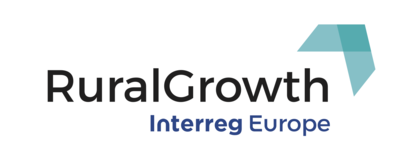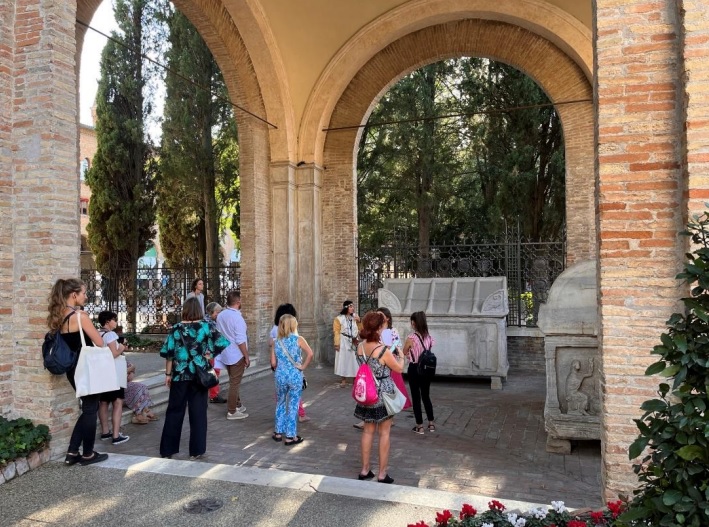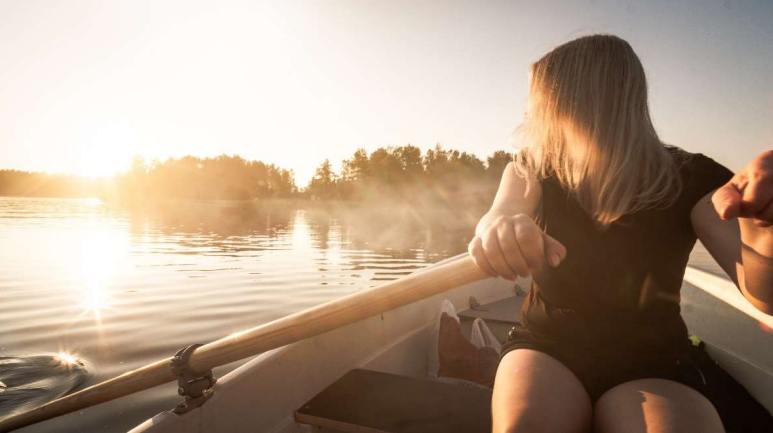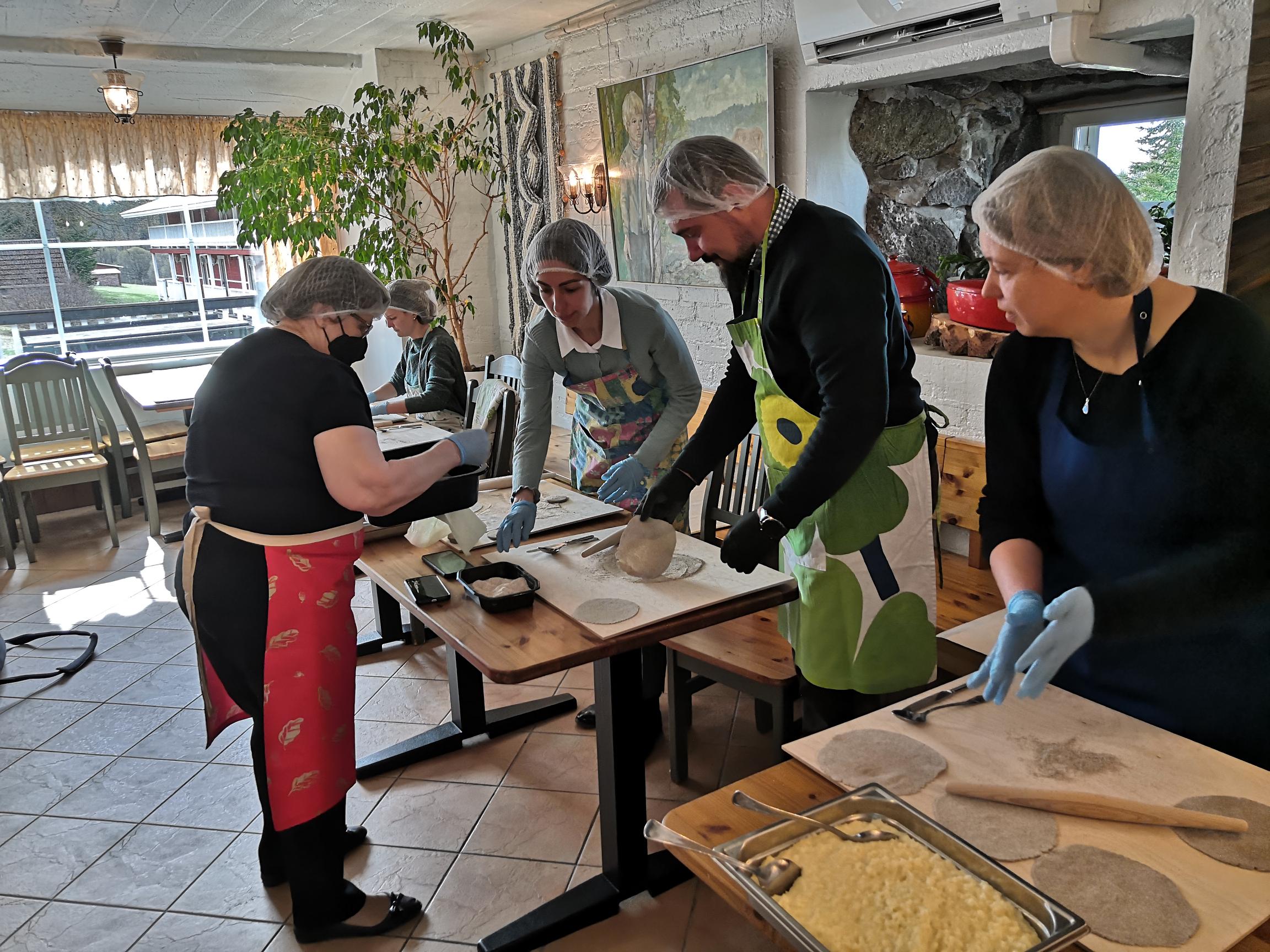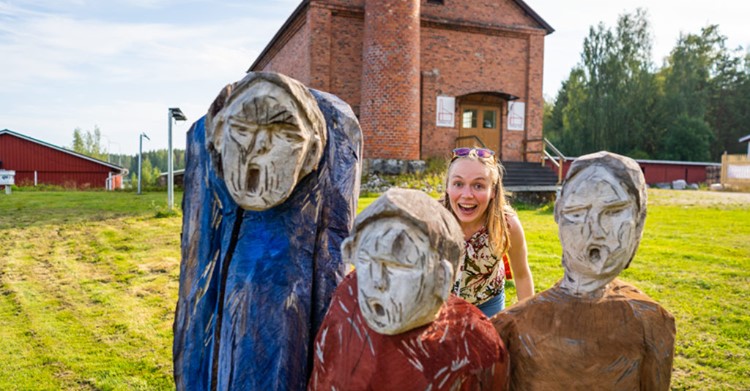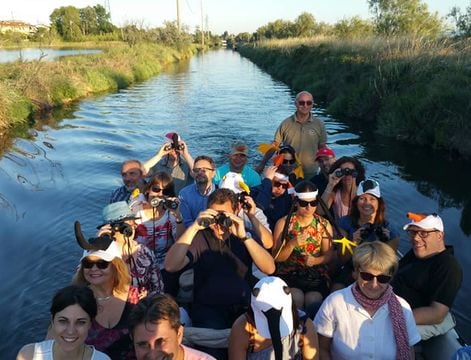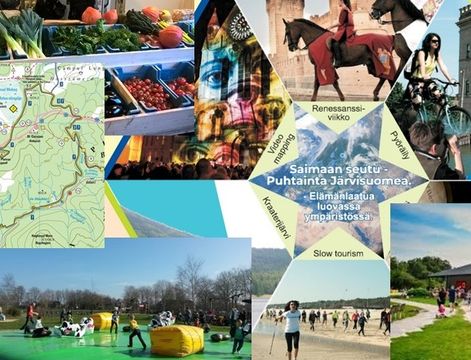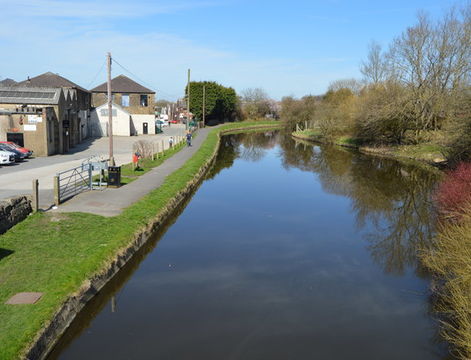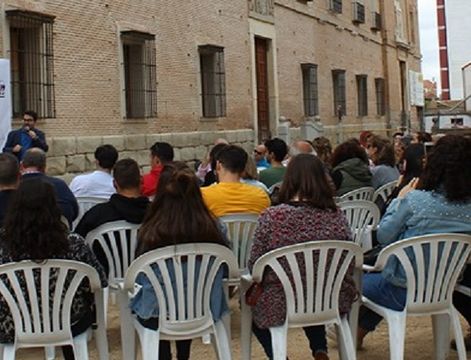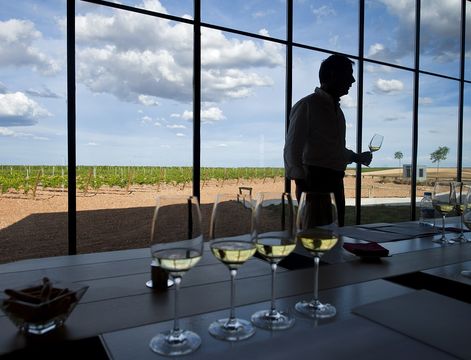In response to the covid-19 pandemic, Phase 2 of Rural Growth was launched in October 2021 to share good practices to help rebuild tourism. The sector has suffered severe financial losses arising from long periods of complete closure of accommodation, hospitality, visitor attractions and tourist services businesses. After trading re-started, activities were restricted by social distancing and health regulations (e.g. reduced capacity in restaurants and hotels), restrictions on indoor activities (e.g outdoor only bar service), and limitations on permitted (or desired) domestic and international holiday travel.
It appears that, after re-starting, tourism in rural areas suffered less compared to urban areas. Domestic tourism was possible whereas international travel was either too difficult or not allowed, and outdoor holidays in destinations offering low visitor densities, space and ventilation were especially attractive. Some partners reported larger visitor numbers than usual, leading to shortages of self-catering accommodation of various types, which could then command higher prices. Here some businesses reported better-than-normal financial results, helping to compensate for earlier income shortfalls and rebuild financial reserves. Some places experienced the negative impacts of ‘over-tourism’ including stress on infrastructure and localised damage to the natural environment. Public responses include dispersion away from honeypots, using new infrastructure (e.g. carparks and signs), and providing information to guide behaviour.
New visitor segments have also emerged, such as ‘first time’ domestic visitors and, in some places, people relocating to ‘work from home’ from rented rural holiday cottages. In some places, demand in the shoulder seasons and winter increased as international holidays were not viable. Potentially, there could be a re-alignment of the rural tourism market if consumer preferences for less long haul and more domestic tourism persist.
On the other hand the pandemic has undoubtedly produced real distress to rural tourism businesses and some have closed permanently. Businesses most adversely affected include those which are focused on business customers, international visitors or schools; indoor venues (compulsory cancellation of events with larger audiences); larger venues or hotels which incur high fixed costs but must restrict the number of customers; small spaces forced to remain shut because social distancing isn’t possible; those unable to obtain public funding such as income support to mitigate closure impacts; businesses with inadequate financial reserves.
The most positive interpretation of lockdown is to say that it has provided a breathing space for businesses to reflect on their target customers and update their processes, and the goods and services they provide. It has stimulated innovation in products that are suitable to the new situation, and some businesses have shown great ingenuity and flexibility. Some used the obligatory pause to update their buildings and facilities. From a strategic view, it has stimulated individual businesses to digitise, and has demonstrated the value of networking and engagement, via on-line platforms, for obtaining covid-related guidance, business skills training, product promotion, and direct communication with customers.
Partners identified some strategic issues for rural tourism as it prepares for the future. The stop-start pattern of re-openings, and the unknown future course of the pandemic has created uncertainty, an inability to make or implement plans or to make investments, and a lack of confidence about the future. There appears to be a re-distribution of the seasonal labour force and most partners identified a labour shortage, causing some businesses to be operating substantially below full capacity.
A further challenge is to maintain the ‘new popularity’ of rural tourism in the future after covid restrictions are removed (if they ever are) and consumers again have more options. Future patterns of international and domestic tourism, also aiming to achieve net zero, could be markedly different from the pre-pandemic equilibrium. Regionally the sector can aim to develop a tourism offer that is appealing to both new and traditional visitors, is less seasonal and provides better jobs. Businesses have already increased capacity (processes, products, communication) and maintaining this momentum will help modernise and strengthen the sector.
EU Interreg project Rural Growth facilitates knowledge-sharing among partners engaged in local tourism governance to assist strategic development of green rural tourism. The partners are located in Drenthe Netherlands, Savonlinna Finland, Medina del Campo Spain, Po Delta Italy, Nagykanisza Hungary, and Harghita County Romania. All 6 areas possess exceptional natural assets and have potential for further green tourism development without exceeding environmental constraints.
Marian Raley
Newcastle University
